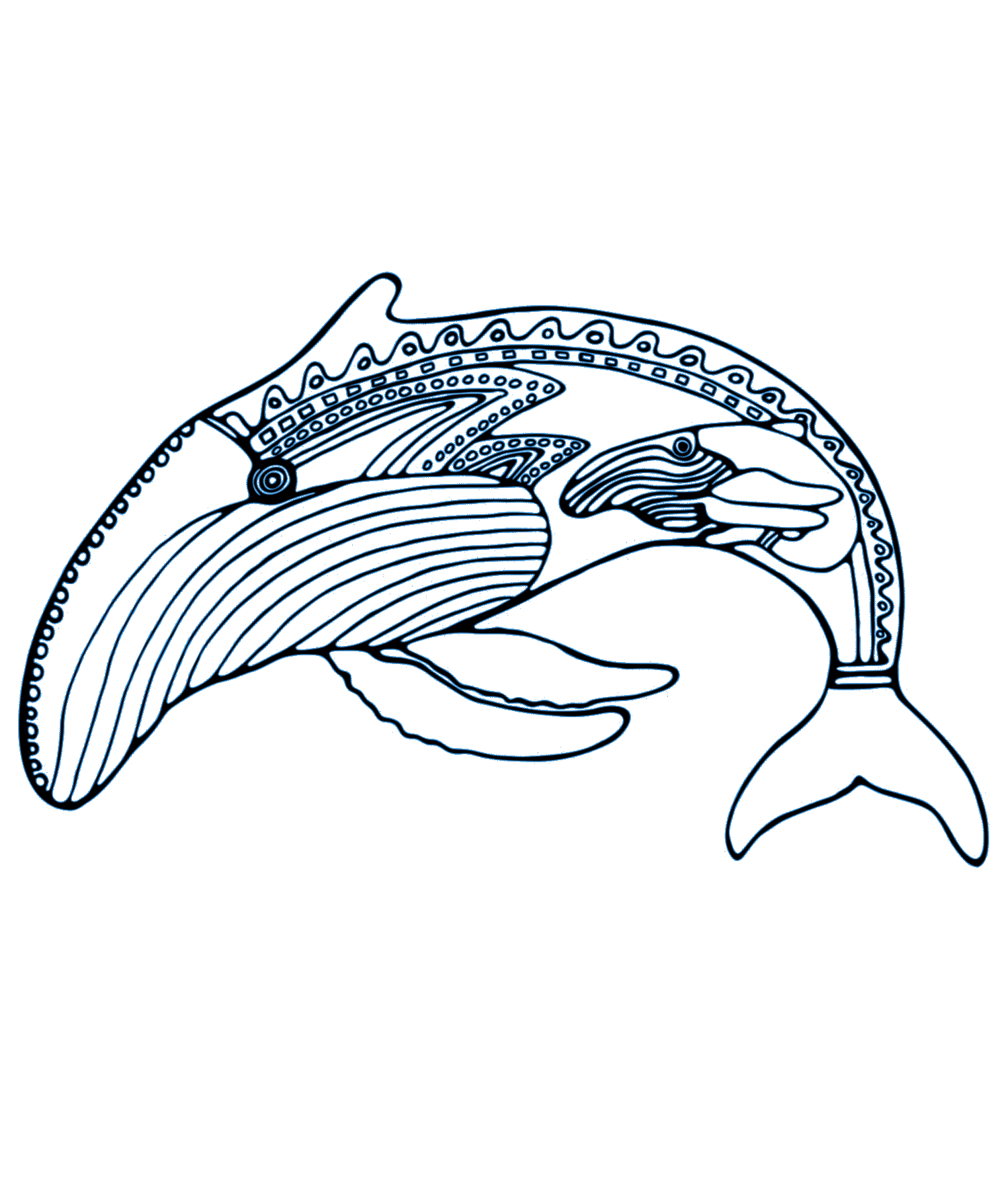Baja California
Our team of photographers/divers, videographers, a journalist, corporate sponsor representative, knowledgeable locals, and marine biologists/ecologists will be commentators in various locations. Using the whale as our guide, we will visit Scammon’s Lagoon and Bahia Magdalena to investigate the diverse ecosystem, as well as observe the interplay between the desert landscape and the rich marine environment.
To the untrained eye, this desert-scape can appear remote and hostile, yet when you see the variety of bird life, abounding sea life, and the protective Gray and Humpback whales nurturing their calves — a natural wonderland emerges. We might even catch a glimpse of a whale surfing the local waves.
Home to early fishing camps and canneries, this is a territory of deep history. If you scuff your toes through the sand on a long walk, you might happen onto a 16th century shard of Chinese porcelain from a shipwrecked Manila Galleon.
It’s a land of stark contrasts and we look forward to delving into it.
San Diego/Central California/Outer Islands
While it may seem like an impossible voyage, to cover such a wide expanse of sea, the Gray and Humpback whales manage it twice yearly, so it’s plausible that humans can trace their route with equal alacrity. San Diego is home to many of our team members and to several renowned institutions dedicated to studying oceans worldwide.
We will pull them into sharp focus and engage local marine ecologists/biologists/whale watchers, including kids, to see how our local habitat is fairing. Sometimes the whales swing close inshore to everyone’s delight, at other times, they remain at quite a distance offshore. Why? Does water temperature, food source, commercial traffic play a part in the whales’ track. As we near Long Beach harbor and Los Angeles, the intensity of a large population and seagoing traffic increases pressure on the whales. How do they respond? We will integrate dramatic news footage of whales getting tangled in fishing gear, fishermen’s attempts to untangle them and footage of whale strandings.
The offshore islands from San Nicholas to San Miguel offer a rich history that begins more than 13,000 years ago with the Bering Sea “Kelp Highway,” when sea levels were much lower, allowing a west (from Russia) to east (Alaska) migration that would ultimately populate our coastal regions. The whale, our navigator, has been an integral part of this history.
We will investigate the pockets of marine mammals who have sought refuge in curious locations along the coastal regions. For example: Harbor Seals have caused quite a stir by taking up residency in La Jolla, CA.; Elephant Seals have found a luxurious habit along Central California’s coast and Sea Otters attract thousands of visitors annually to Monterey Bay. Sharks are a part of the mix as they search for their delicacies, sometimes confusing their prey with humans swimming or surfing. Grays and Humpbacks snack on smaller fish, because they are “Baleen Whales” —their upper jaws are composed of baleen, once used to make brooms (among many other items — the whaling industry found use for almost every part of the whale’s anatomy).
The Pacific’s coastal kelp — used in food, supplements, medicines, hair products, lotions, toothpaste— goes through cycles of rapid growth and sudden depletion. Why? What happens to the sea life that congregates in these underwater forests, when kelp growth is in jeopardy?
As the whale traverses the coastal waters, we will continue to raise and try to answer questions.
Pacific Northwest, Alaska and the Bering Sea
Most of our 60 million coastal residents will not be venturing to Alaska, for many reasons, not least of which, it is cold, mostly gray year-round and it is unforgiving territory. While documentaries capture part of the experience, those whose passions are the Bering’s remoteness and its expanse of wildlife; who live there or return year after year, who experience the cruel beauty – have a story to tell.
As the Humpbacks and Grays make their way home, they continue to pass through an abounding ecosystem. From the salmon fisheries, to bear country; we will journey back in time, revisiting local Inuit, their fishing traditions and their sacred totems. With the polar ice caps melting, we will investigate the impact on the Bears (Brown, Polar, the Spirit Bear and Blue Bear).
Alaskan waters offer extraordinary opportunities to observe Humpbacks, Grays, Orcas and their unique mammal behaviors — lung feeding, bubble netting, breeches into mid-air….
Our hope is to connect the whale’s journey in a series of entertaining and educational narratives, introducing the viewer to a world they might not otherwise see or experience. It is clear that our survival, like the whale’s, depends on an ability to adapt to changing conditions, scarcity of food sources, and environmental hazards.


